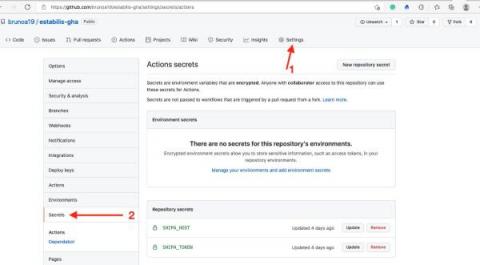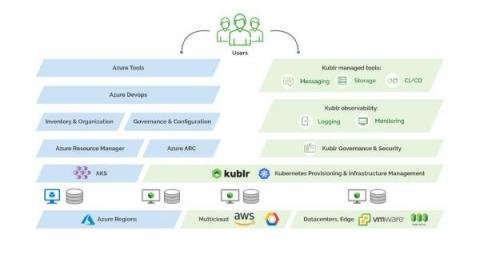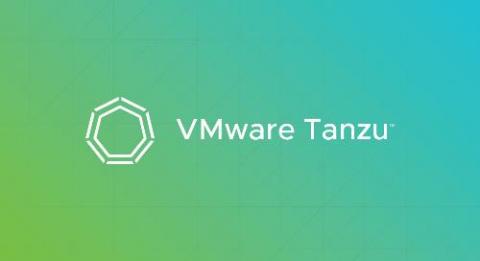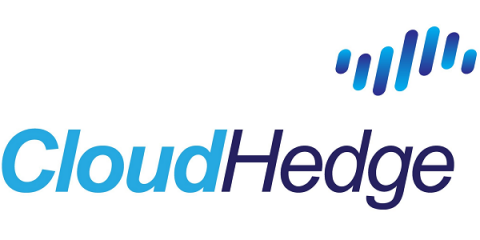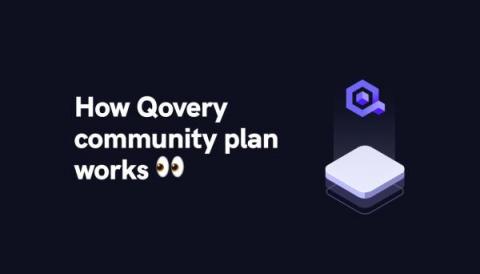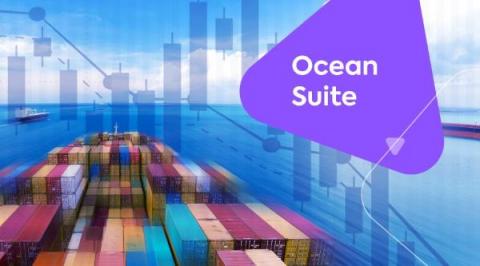Application Discovery Tutorial
Systems and platforms continue to grow more complex and distributed. The march towards distributed microservices has been accelerated with Kubernetes; arm yourself with a Kubernetes manifest and up your replica count and like magic, you have more than one endpoint for your workload. In the Kubernetes ecosystem, there has been a lot of investment on the infrastructure side of the house for example in making sure clusters are performant and have the ability to scale.




